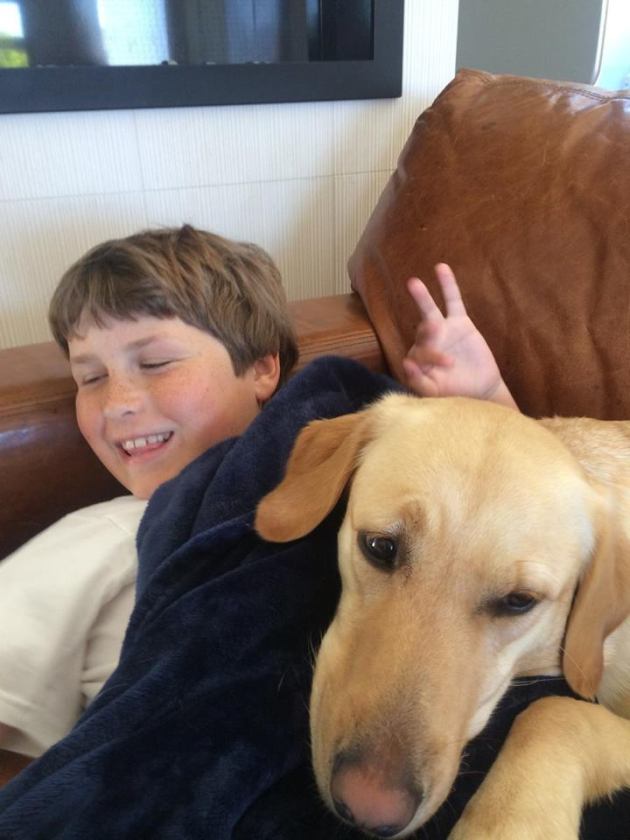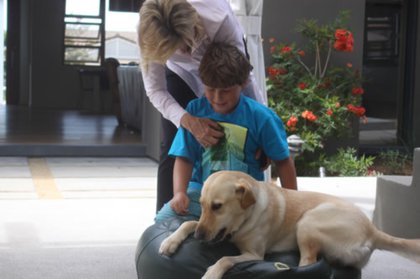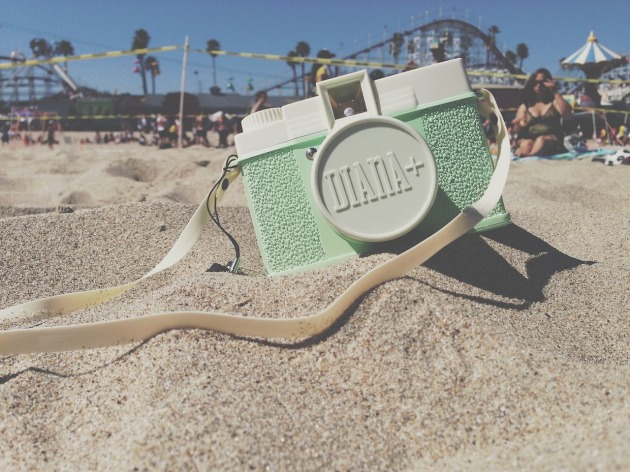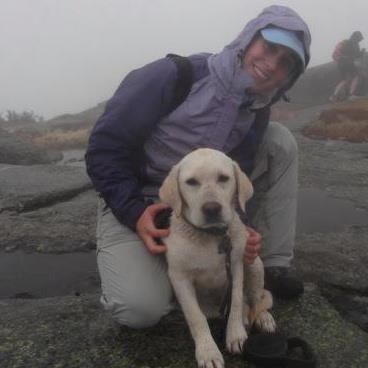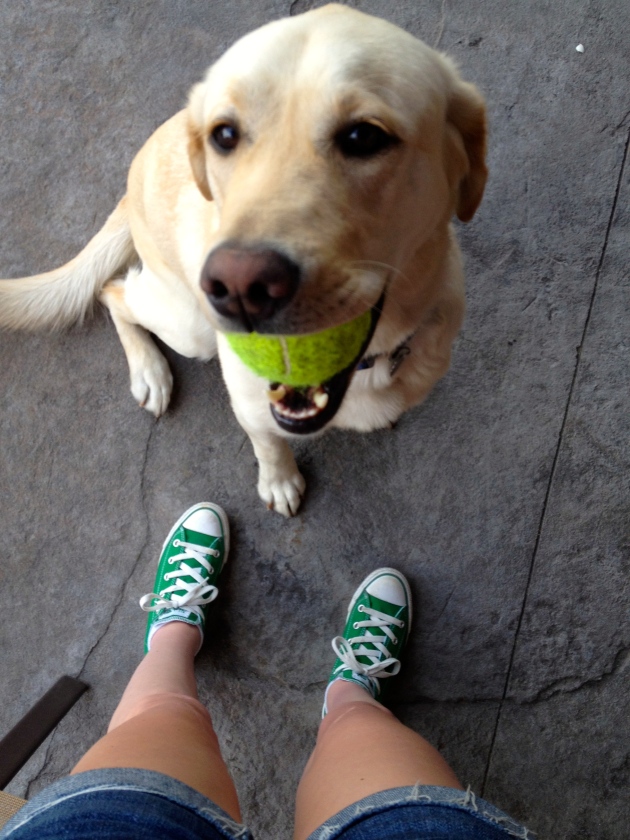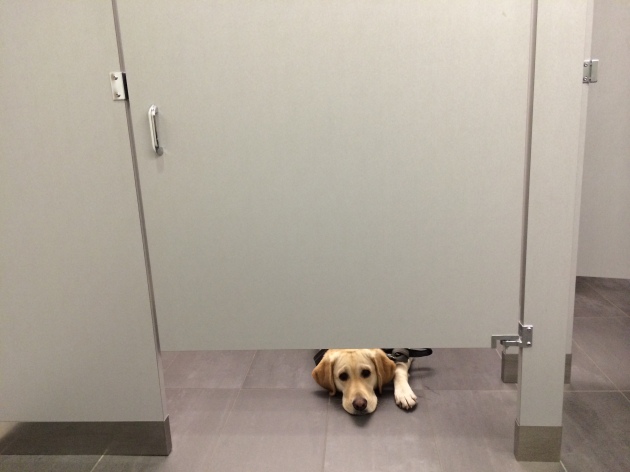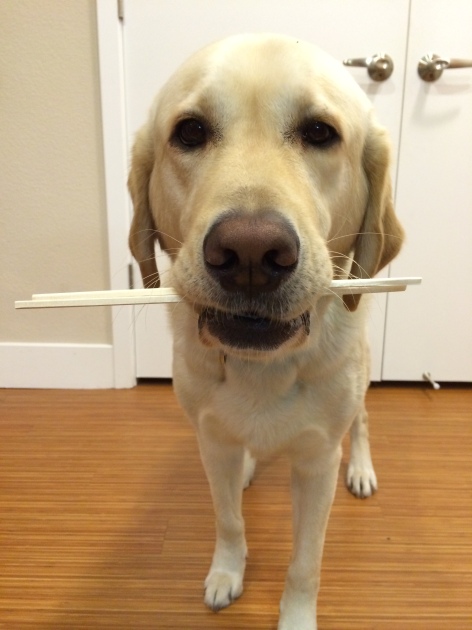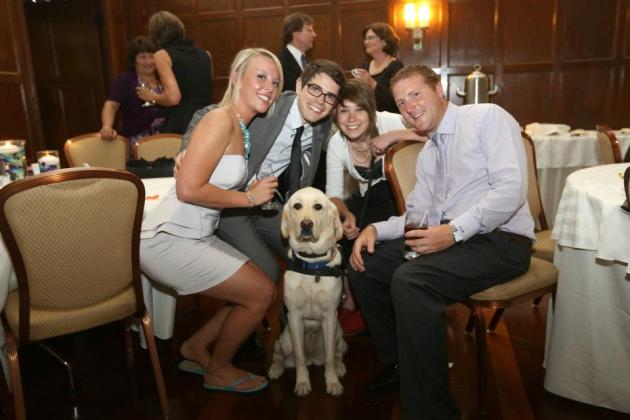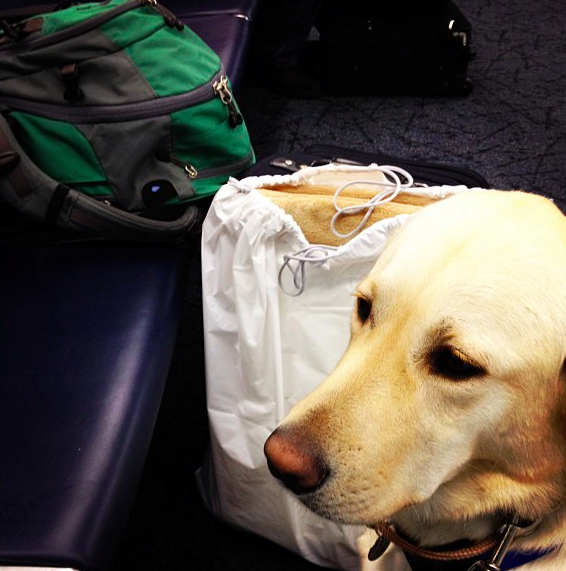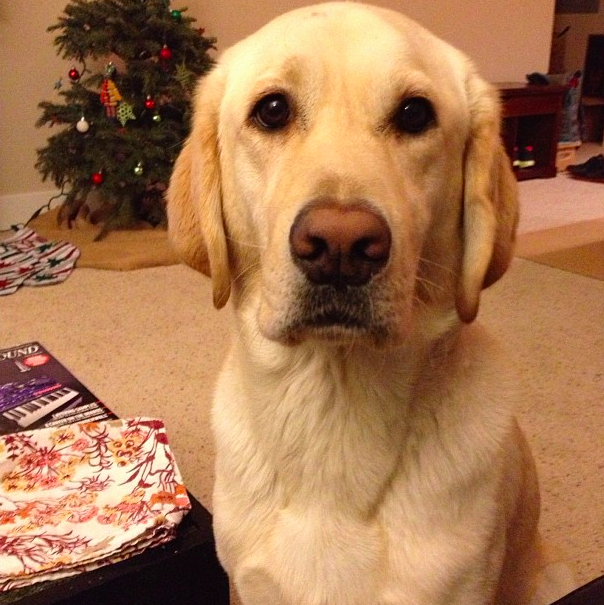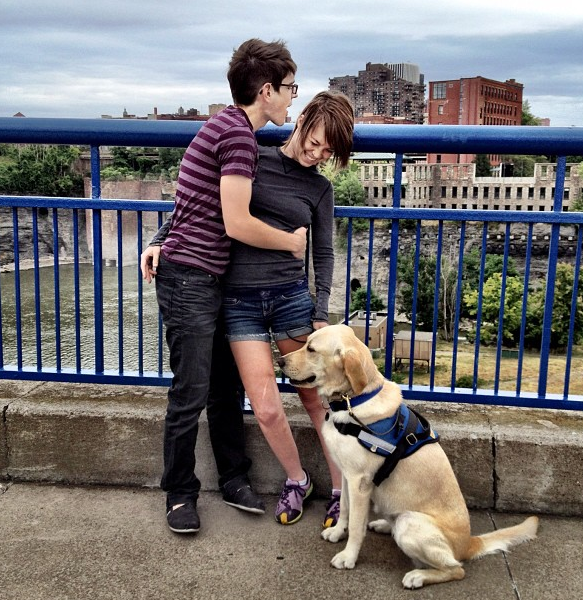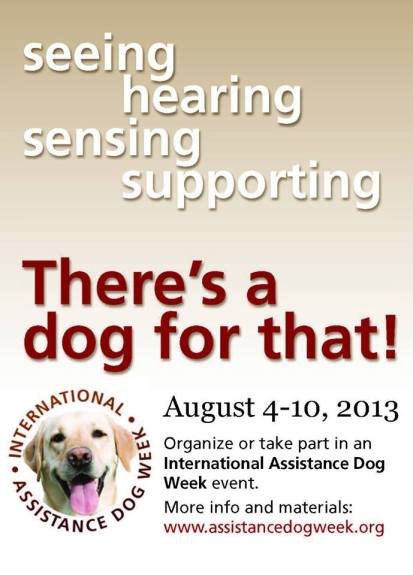To the Vigilantes:
We need to reimagine what it looks like to hold people accountable for taking advantage of and misusing things like service dog laws and accessible parking spaces, cause you’re breaking my heart.
Don’t get me wrong; I appreciate and admire your enthusiasm and zest for encouraging others to do the right thing and shaming them when they blatantly disregard the law. You’re braver and more dedicated than I.
There’s one small problem when it comes to many disability-related issues, though: The majority of them are not visible to the naked, untrained eye.
“No, I have a sense for these things. I can tell,” you say.
Let me clear something up for you. Playing detective by watching someone park in an accessible spot and exit the vehicle in a standing position, then concluding that he or she has stolen Grandma’s parking permit is not a demonstration of your sixth sense. It’s actually a shining example of what happens when you make assumptions – you look like an ass. Or something like that.
You’re trying to help. Great. I love it. But let’s see what happens when your well-intentioned attempts are ill conceived:
An 18 year old me, freshly moved into my dorm room after a summer of fighting with the college administration about whether or not my service dog would be allowed on campus and whether all of my classes could be moved to accessible spaces (everything was a struggle that first year), emerges from Target with a lapful of dorm essentials and two of my best friends. We have a well-rehearsed routine; I go right to the driver’s door and grab the handle for stability as I stand up, and one of the guys grabs my chair and loads it into the back of my Rav4 while I get situated in my seat. Normally, we’d pull out of that accessible parking space and be on our way without a second thought. Not this time.
“You don’t look real disabled to me,” shouts a big ugly guy with a beard from across the parking lot. (To be clear, I like beards.)
“Excuse me?”
“I said, you don’t look disabled!” he yells with growing animosity, and gives me the finger.
Yep. A grown man gave an 18 year old girl the finger.
Not just any 18 year old girl. An 18 year old that had undergone a bunch of painful operations and spent much of her young life fighting to be treated as an equal to her peers, all because of that disability you’re not totally sure she has.

This was after a surgery I had 3 years prior to this particular story. I was 15. That I didn’t “look” real disabled at the time of the incident should have been a celebration, not an accusation.
My response to him that day isn’t even worth mentioning because I was so caught off guard. I think I just mumbled something about my wheelchair. I was mad and embarrassed, and all I could think about was how unfair of him it was to make such a personal judgment about me. (Any assumption about a person’s disability is very personal, by the way.)
Clearly, he hadn’t seen my chair; so, what did he see?
As he pulled into his parking spot in his huge, obnoxious, gas guzzling pickup truck, he saw three young people getting into an SUV that was displaying a disabled parking placard and parked in an accessible spot. He made a quick decision about what he saw: Regardless of the placard, these people didn’t fit his idea of disabled, and therefore, they were doing something wrong. Maybe he had a more “traditionally” disabled family member so it felt personal to him, or maybe he was just on a crusade because it made him feel like he was in charge. What he’ll probably never know is that he hurt the person he was supposedly trying to help.
I’d just won a battle with mainstream culture – my college – and this encounter totally put a damper on my victory. You see, confrontations like this are just nasty little reminders that I don’t really fit into anyone’s idea of normal. Not able bodied enough to be a normally regular, but not disabled-looking enough to be normally disabled. I’m not just being melodramatic when I say it wrecked my day.
I’m not the only one with stories like that one, and it’s certainly not the only one I have. Most of my friends who have disabilities – particularly young adults who drive and work – have had similar experiences. There was a story that made headlines a few months ago about a man in his 30s who had his BMW parked in an accessible space with his placard displayed. A stranger made an assumption based entirely on the type of vehicle and stuck a nasty note in the door handle. Turns out, this guy is an incomplete quad, just like me, and just happens to be professionally successful. Imagine that. A guy in a wheelchair who works hard and makes enough money to buy nice things. Unbelievable.
His wife responded by posting a photo of the note and a response to it on Facebook, and she brought up an excellent point. That is, if seeing a successful, hard-working person with a disability (or their possessions or significant others) causes such cognitive dissonance, it’s a problem. On the one hand, we want to empower people with disabilities to be independent, and on the other hand, we don’t believe it when we see it.
Mixed messages, folks. My head is spinning. I’m tired of being commended for being so normal (excuse me while I gag) one minute and then stared down ten minutes later when I pull into an accessible parking space or walk into a business establishment with my service dog. I’d really love to live in a world where, if I ever have a child with a disability, I don’t have to say, “Now be sure to look really disabled, Sweetie. We wouldn’t want one of those crazies ruining our day.”
I swear I’m not just here to complain. I have a solution, and it’s actually pretty easy. Are you ready, my Civilian Crime Fighters??
Instead of getting prematurely angry and making accusations, keep your cool and…wait for it…ask a question.
A couple of months ago, I was trying to find a parking space in a crowded public lot, and there was a car idling and not displaying a placard in an accessible space, and there was a woman in the passenger’s seat. This was the lot where I parked for work, and a lack of placards in the precious few accessible spaces was a common problem, so I was especially irritated. If I’d acted on it, I’d have thrown a fit and told her to move, but because I’ve been there, I knew that sometimes people forget to put their placards up. Maybe the driver had a disability and had just forgotten.
I got out of my car, tapped on the passenger’s window, and asked if she had a permit to park there. Her response: “Oh! I forgot to put it up! I’m sorry!”
Whether it was the appropriate use of the placard or not wasn’t up to me to decide, and it’s not up to you, Dear Vigilante. As any well adjusted human being knows, there’s often more to a story than meets the eye. If her response had been, “No, but my friend just ran inside and we’ll be gone in a minute,” I’d have guilt tripped the crap out of her and then told her she had to the count of ten to get the car out of that spot or I was calling the police. I’ve done it before. It’s quite vindicating, but only when I’m certain that the offender is actually offending.
So, what about identifying fake service dogs? A reader sent me a message recently and said she’d be happy to confront people if she knew how to tell if a dog was legitimate or not, and she wanted to know if I had any suggestions. The truth is, you really can’t tell just by looking. You can definitely tell whether a dog is well mannered or not, but it’s impossible to know if they’re legally compliant.
Two people might have poorly behaved service dogs – one with a hidden disability and one with a visible disability – and I guarantee you that the person with the hidden disability will get harassed and the other won’t, at least not on the issue of legitimacy. The problem of a bad service dog is totally separate from that of a fake one, so please be careful not to confuse them.
My suggestion: Again, ask a question. “Oh, what a pretty dog! I’m really interested in service dogs…do you mind if I ask how she helps you?” In this scenario, you’ve expressed interest instead of suspicion. If the dog’s legitimate, the handler will likely be happy to indulge you, at least for a minute, and no harm done. If not, the handler will either feel embarrassed and make up a lie, or they’ll confess, which actually happens more than you’d expect. Some people have no shame. None.
If they confess, you have the opportunity to give them a piece of your mind, and then, by all means, please do. Unleash the fury you’ve kept bottled up since your last family get-together or you child’s last soccer game (that referee was a damn joke, and you know it) and make sure the entitled, conscienceless jerk has nightmares. You’re my hero.
Can we agree that it’s not nice to scream at (or leave notes for, or stare down, or whisper about) people who aren’t doing anything wrong, though, and that it might be worth the little bit of extra work to avoid making them feel like garbage? And can we also agree that it’s time to open our minds to the idea that folks with disabilities might look just like folks without them?
You’re reasonable people, so I think we can.
